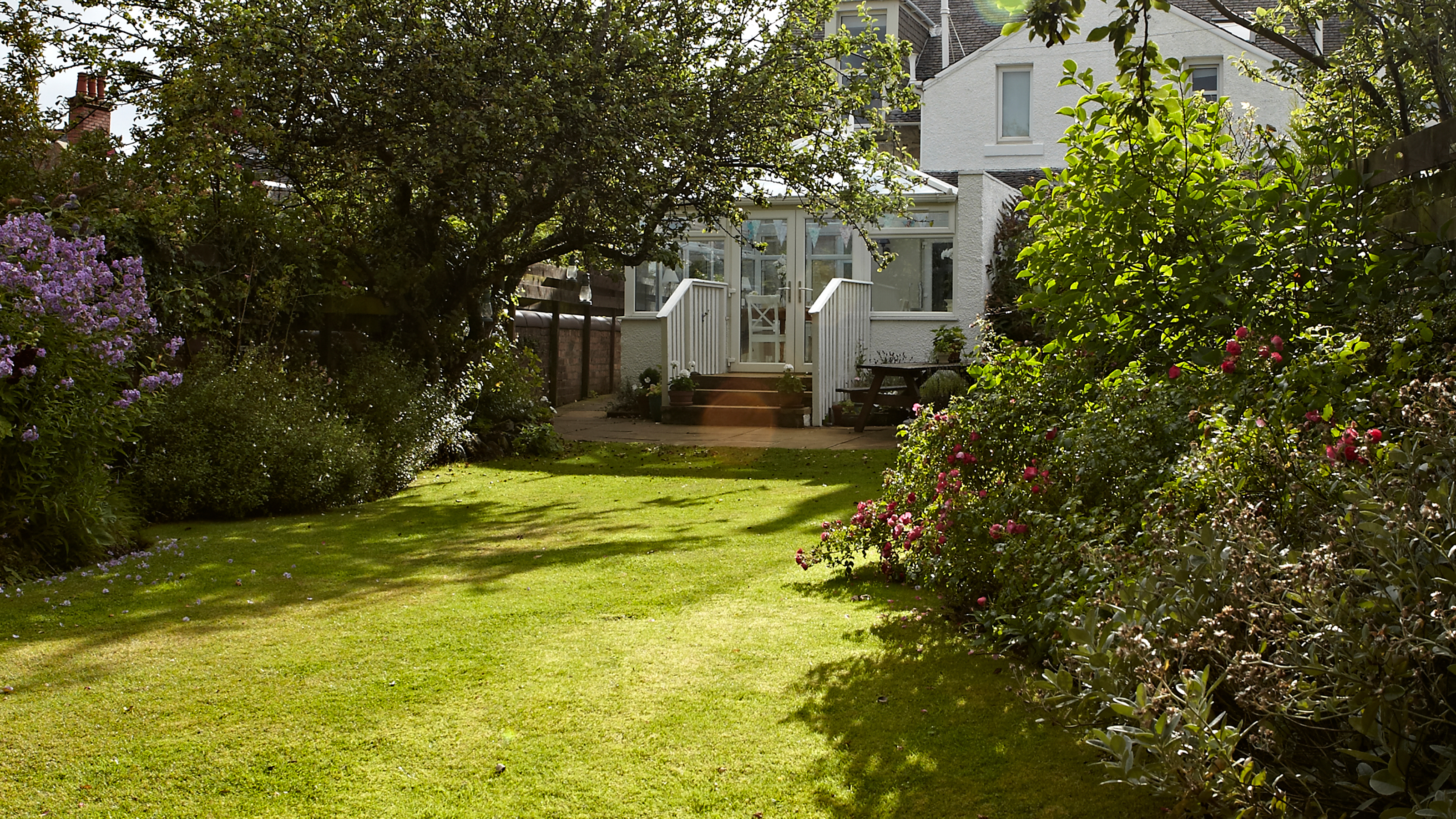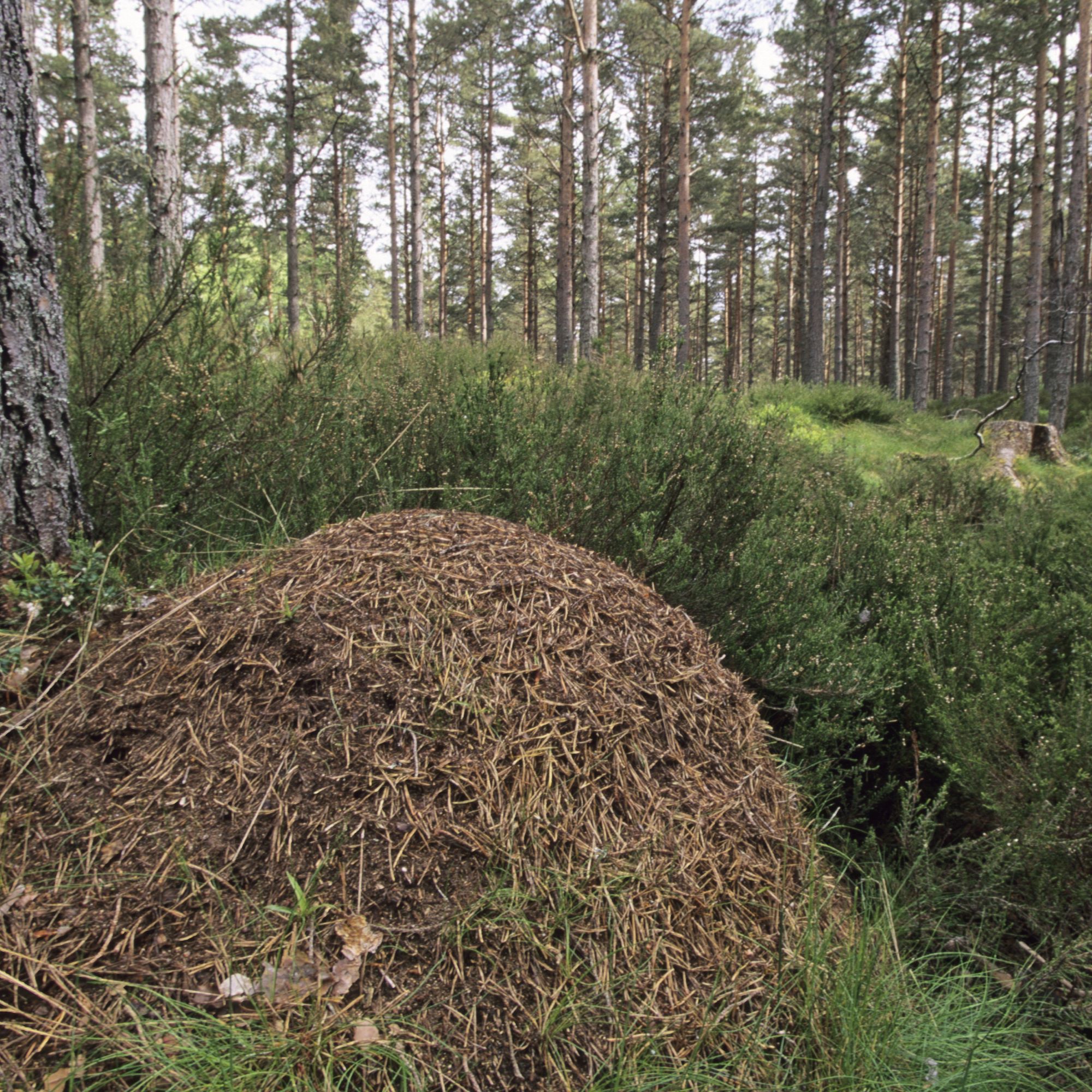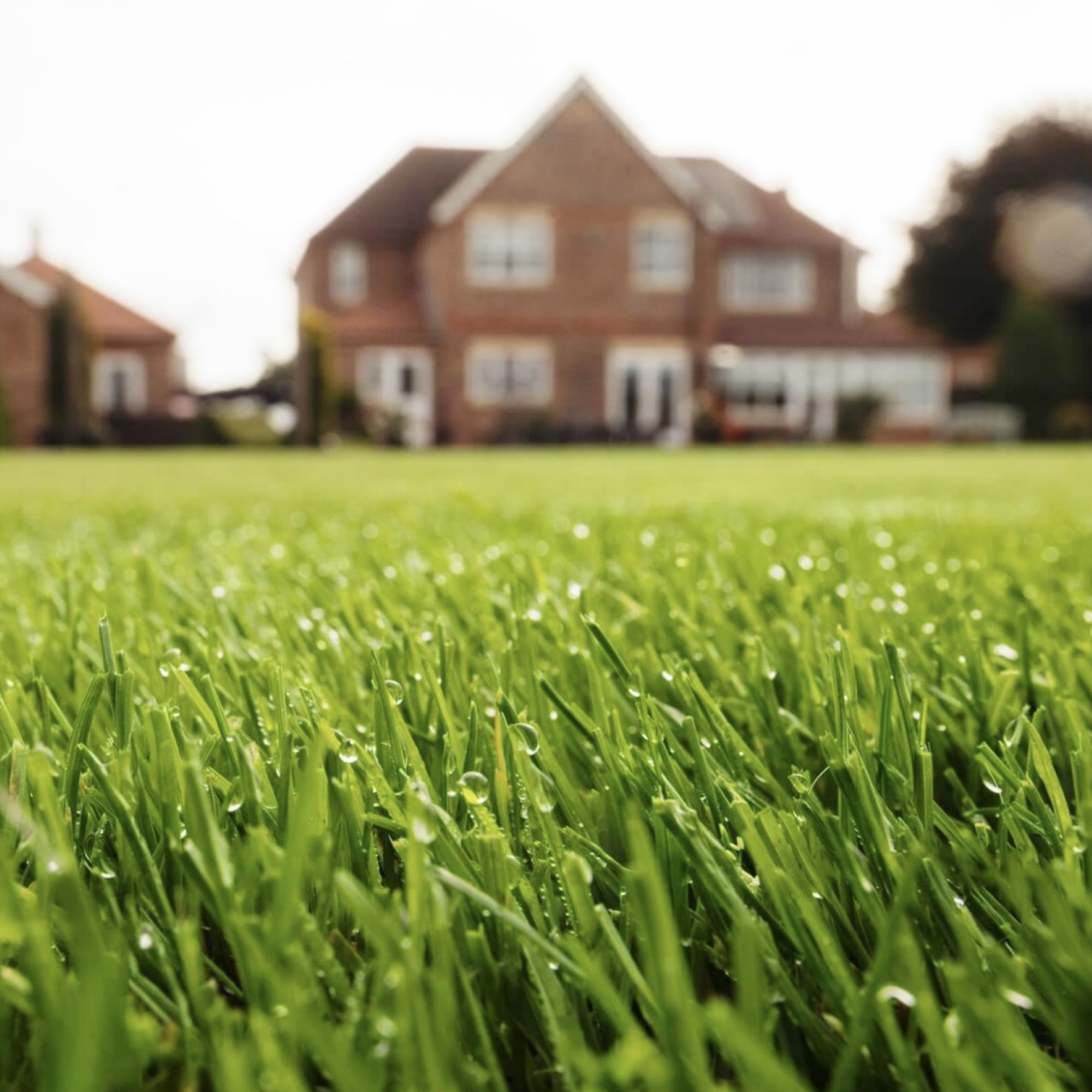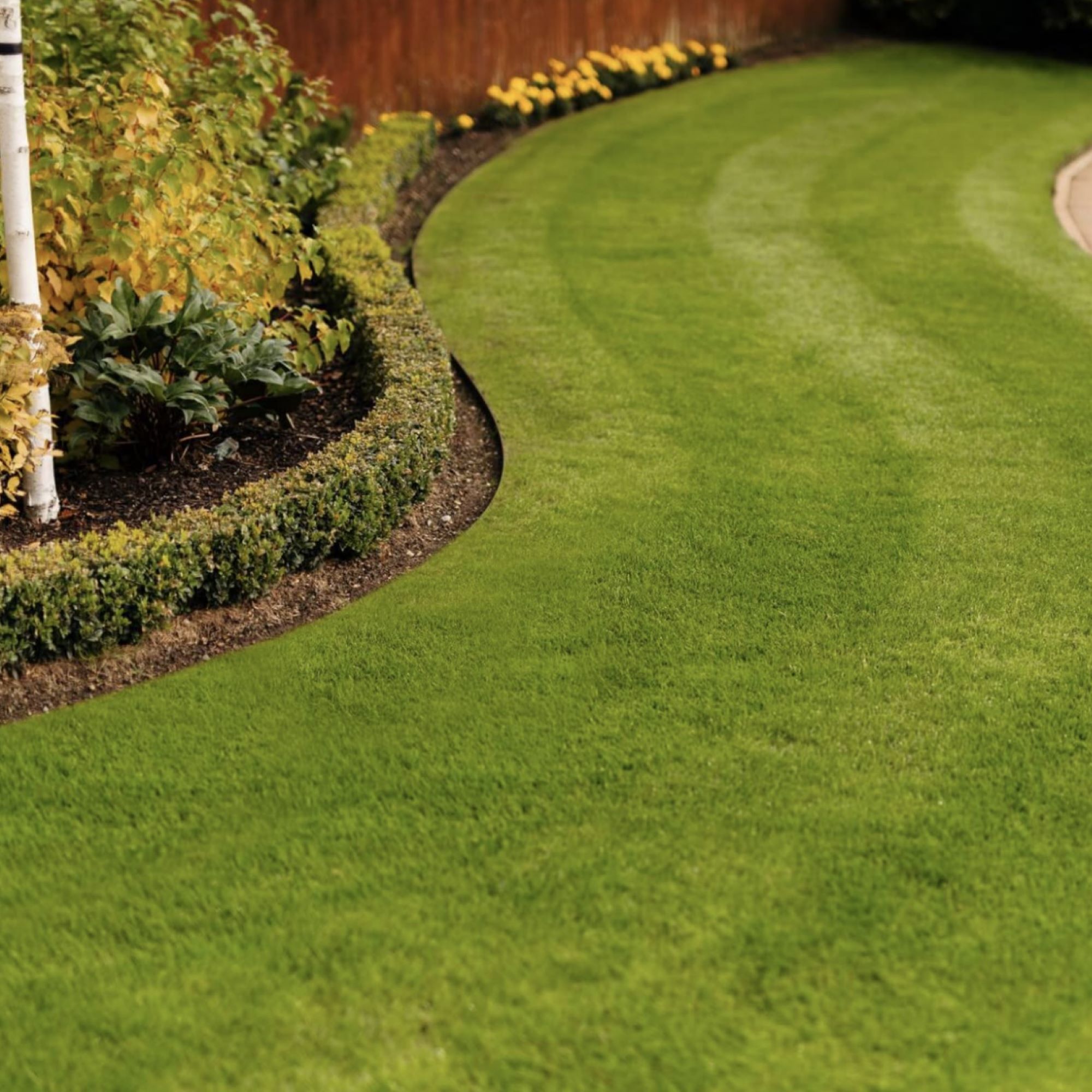How to kill ants nest in lawn - effective solutions that won't harm your grass
If an ants nest has found a home in your garden, here's how to get rid of it


The pesky thing about ants is that they come in the thousands, so the last place we want them to nest is in our garden. Fortunately, you can learn how to kill ants nest in lawn and get back to enjoying your garden pest-free.
Even if you know all the best lawn care tips and you take good care of your grass, an ant colony can still settle in your garden and build a nest. Anthills are a sure way to ruin the look of any garden landscaping ideas, so learning how to kill ants nest in lawn is pretty essential.
'Ants and their effect on a lawn can be a real nuisance, with their nesting and hills smothering grass plants and contributing to an uneven surface, at worst causing some yellowing from root damage,' says Jonathan Hill, Director and Lawn Expert, Rolawn. 'However, there’s nothing here that can’t be rectified.'
So you can get back to enjoying your garden ant-free, we've asked the experts how to kill ants nest in lawn, without causing any damage to your grass.

How to kill ants nest in lawn
Whether an ants nest is ruining the look of your front garden ideas, or it's made an inconvenient home next to your back garden flowerpots, you need to know how to get rid of it. Here's how to kill ants nest in lawn, without hurting your well-kept grass.
What you'll need
- Biological nemotade - these nematodes from Amazon are formulated with ants in mind
- Shovel - there's plenty of garden shovels available at Amazon if you're looking for an upgrade
- Gardening gloves - stock up on gardening gloves at Amazon to stop your hands getting mucky
1. Locate the nest

The first step to learning how to kill ants nest in lawn is fairly obvious, but not always easy. You need to locate the nest to be able to get rid of it.
'Ants nests can be small and often hidden,' says Robert Collins, Pest Control Expert, MyJobQuote. 'Look for areas of the lawn where there is a lot of ant activity and from there, you’ll likely find the ants nest nearby.'
Even if there's a swarm of ants in one place, this isn't necessarily the location of the nest, so observe the ants for a while and see where they head back to.

Robert Collins has worked as a professional pest control officer for over 20 years and has represented MyJobQuote as a pest control expert for over 4 years. Robert continues to provide pest control services in various regions across the UK, while also providing expert pest control advice on behalf of MyJobQuote.
2. Apply a biological nematode

Unlike learning how to remove weeds from patio, killing an ants nest in a lawn requires biological methods only, otherwise you risk damaging your grass beyond repair.
The experts recommend you use a biological, rather than chemical, pesticide, as strong chemicals like bleach can cause damage to other wildlife and plants. Biological nematodes are microscopic creatures that act as parasites on other insects, like ants.
'Nematodes act as an irritant and the ants are displaced from their colonies,' explains Jonathan from Rolawn. 'Lawns can be treated from April to October when the soil temperatures are warm enough for the nematodes to be effective.'
Look for the pathogenic nematode Steinernema feltiae, which is usually recommended for treating ant nests, though most ones that are suitable for killing ants will be advertised as such, like this Achat Nature Nematode, £11.75 at Amazon. Read the instructions that come with your nematode before applying.
3. Dig up the nest
After you've applied a biological nematode, grab your shovel and dig up the remains of the ant nest. 'Make sure you dig up all the ants and eggs,' advises pest control expert Robert.
It's probably best to throw the nest away so a new colony can't remigrate to the nest in a different location in your garden. Alternatively, you can bury the remains of the nest in a patch of public land.
4. Prevent ants from returning

You've learnt how to kill ants nest in lawn, but it's helpful to know how to stop them from coming back so your efforts aren't wasted. Here are some expert recommended tips that will prevent ants from becoming a recurring problem in your garden:
- Remove any food sources that might be attracting the ants
- Use repellent sprays regularly to keep the ants away, like this Smart Spray Ants Away, £16.90 at Amazon
- Brush or rake away disturbed soil after mowing the lawn, to prevent ant colonies settling
How to make DIY ant traps
If you've been looking into DIY ant traps recently, they can be a really effective method when learning how to kill ants nest in lawn. It's a fairly easy DIY project that doesn't require many supplies or much of your time. Try the method below as an alternative to a biological nemotade.
What you'll need
- Powdered sugar - there's plenty of icing sugar available at Amazon
- Baking soda - stock up on this store cupboard essential at Amazon
- Jar lids (or a similar small container for holding the bait) - if you don't have any lying around the house, you can buy jar lids in bulk at Amazon
1. Create your solution
To make your DIY ant trap, combine two teaspoons of baking soda with two teaspoons of powdered sugar.
'Ants can’t differentiate between powdered sugar and baking soda as they are both similar in size,' explains pest control expert Robert. 'The sugar will attract the ants and the baking soda will kill them. Baking soda reacts with the acid in the ant’s digestive system and this is what kills them.'
2. Add your bait to the jar lids and place them in the garden

Place the solution in the jar lids and leave these around the nest, or in strategic locations where you see the ants frequently. If you don’t have jar lids, you can place the mixture directly on the surface where you see the ants. However, be aware that it’s a very light powder so it could blow away before it has chance to work.
3. And wait
Leave the bait traps in place for a few days and you should notice the number of ants reduce significantly. If the bait traps become quite full, you can empty them out and replace them with a new baking soda and powdered sugar mixture.
Repeat the process until you stop seeing the ants, then dig out the nest and dispose of it.
FAQs
How do I get rid of ants in my lawn without killing the grass?
DIY ant traps, like a solution of icing sugar and baking soda, are an effective way of learning how to kill ants nest in lawn, without damaging the grass. Contain a sugar and baking soda solution in a small container that the ants can easily access, like a jar lid. This will keep the ant bait off your lawn.
You can also use pre-made ant bait. 'Ant baits are small, attractive pellets laced with poison,' explains pest control expert Robert . 'The ant will take the bait back to the nest and share it with the other ants, effectively killing the rest of the colony. These are a safe and effective way of killing the ants without causing any harm to your lawn.'
Alternatively, apply a biological nemotade, which will destroy the ants nest without damaging your lawn. Applying a nemotade can actually help improve the biodiversity of your lawn and support its ecosystem.
Why do I have so many ants nests in my lawn?
'Ants are attracted to sugary substances such as nectar,' says Robert from MyJobQuote. 'In addition, they collect seeds from plants such as radish, heather, viola, and cabbage, so if you have any of these in your garden, this could explain why there are ants nests in your lawn.'
'Ants also need water to survive so if your lawn is moist, it will be more attractive to the ants.'
If you've recently learnt how to make compost, keep this contained within a compost bin, as ants will be attracted to any lingering food scraps.
Get the Ideal Home Newsletter
Sign up to our newsletter for style and decor inspiration, house makeovers, project advice and more.

Katie has been writing freelance since early 2022, specialising in all things homes and gardens, following achieving a Masters in Media and Journalism. She started out writing e-commerce content for several of Future’s interior titles, including Real Homes, Gardeningetc, Livingetc, and Homes and Gardens. Since then she’s been a regular contributor on Ideal Home’s digital team, covering news topics, how-to guides, and product reviews.
-
 Ninja's new Pro series Luxe Café machine has been listed on its website
Ninja's new Pro series Luxe Café machine has been listed on its websiteNinja has quietly listed its new Pro Series espresso machine on its UK website. We're impatiently waiting for a launch date
-
 Aldi has launched a new air fryer with a special extra function – but you’ll have to act fast as it’s in stores right now
Aldi has launched a new air fryer with a special extra function – but you’ll have to act fast as it’s in stores right nowCan this kitchen gadget really do it all?
-
 5 things every stylish dual-purpose home office needs
5 things every stylish dual-purpose home office needsWhether you're working from a bedroom or living room, WFH in style